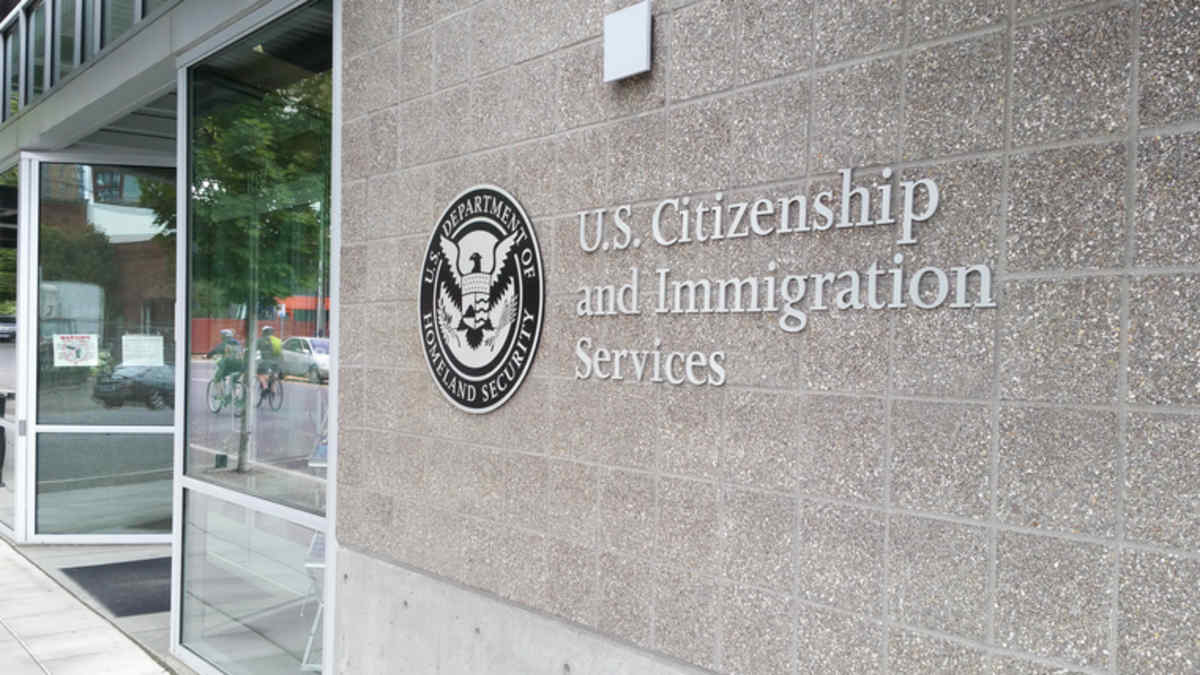

?U.S. Citizenship and Immigration Services (USCIS) is rebounding from hardships experienced during the COVID-19 pandemic, agency officials told the SHRM Employment Law & Compliance Conference 2023 in Washington, D.C., on Feb. 27.
“The challenges over the last several years have been enormous,” said Elissa McGovern, chief of policy for the Office of the Citizenship and Immigration Services Ombudsman. “We have dealt with pandemic measures, increasing remote work, supply chain issues and inflation. U.S. immigration requires complex navigation that you must be on top of to be successful.”
Doug Rand, senior advisor in the Office of the Director at USCIS, outlined the agency’s recent achievements.
Those include getting agency staffing back to an acceptable level. “There was a major workforce attrition during the last administration that was exacerbated by the pandemic,” he said. “The director set very ambitious hiring goals and the Congress helped with appropriations to hire faster. We are very close to meeting our hiring goals and now have more capacity than we did to do our mission.”
Rand added that USCIS is back on “a very solid fiscal footing.” The fee-funded agency nearly ran out of money as the shutdown of in-person operations in March 2020 due to the COVID-19 pandemic kicked off a destructive spiral. “We have turned that around in the last two years,” he said.
A Win for USCIS
One of the things the agency is most proud of is using all the available employment-based green card visas in fiscal 2022. Congress sets annual limits for the number of family-based green cards (226,000 available annually) and employment-based green cards (140,000 available annually) that can be issued. When family-based visas go unused, they automatically are transferred to the work-based category. But without the agency prioritizing these unused visas, they have sometimes gone to waste in past years. The situation was especially dire coming out of the pandemic.
In fiscal 2021, the number of employment-based visas was increased by more than 120,000, but due to processing delays, USCIS didn’t finish issuing the visas, and more than 66,000 employment-based visas went unused. “It was less than satisfactory,” Rand said.
In fiscal 2022, there were an additional 140,000 employment-based visas due to unused family-based numbers being carried over. This time, Rand asserted, USCIS used every single one.
“We can’t do anything about statutory backlogs,” Rand said, referring to the caps on green cards. “What we can do is make sure that every single green card that is allocated gets utilized. We were bound and determined to utilize every single one this past fiscal year. And we did. It was immensely important to the agency and to the administration.”
Government estimates show that the number of unused visas for fiscal 2023 will be higher than was typical before the pandemic, though lower than in the last two years.
McGovern said that when USCIS focuses on priority areas, there are trade-offs being made. Processing times for some categories increased, for example, she said.
Backlogs Have Been a Bane
Both speakers agreed that severe backlogs continue to plague the agency. Rand said that there are over 8 million pending applications at USCIS, and over 5 million of those are pending beyond their deadlines. By comparison, the backlog was around 2.7 million in July 2019.
“That number was picking up over several administrations, but the system broke in 2020 because of the pandemic and fiscal pressures,” he said. “The agency started hemorrhaging workers. We have been hiring and have begun to turn that backlog around.”
He said that USCIS has expanded premium processing to more case types, has committed to meeting certain deadlines and is using video technology for interviews to cut down on processing times.
The lack of a digital filing option and the continued reliance on paper-based processes have been major contributors to the agency’s immigration case backlog, experts agree.
McGovern recognized the long-gestating digitization efforts at USCIS. “It has taken a long time, but they’re getting it done,” she said. “And while many applications are still paper-based, they have made significant efforts to move to digital. Rest assured that that is coming.”

